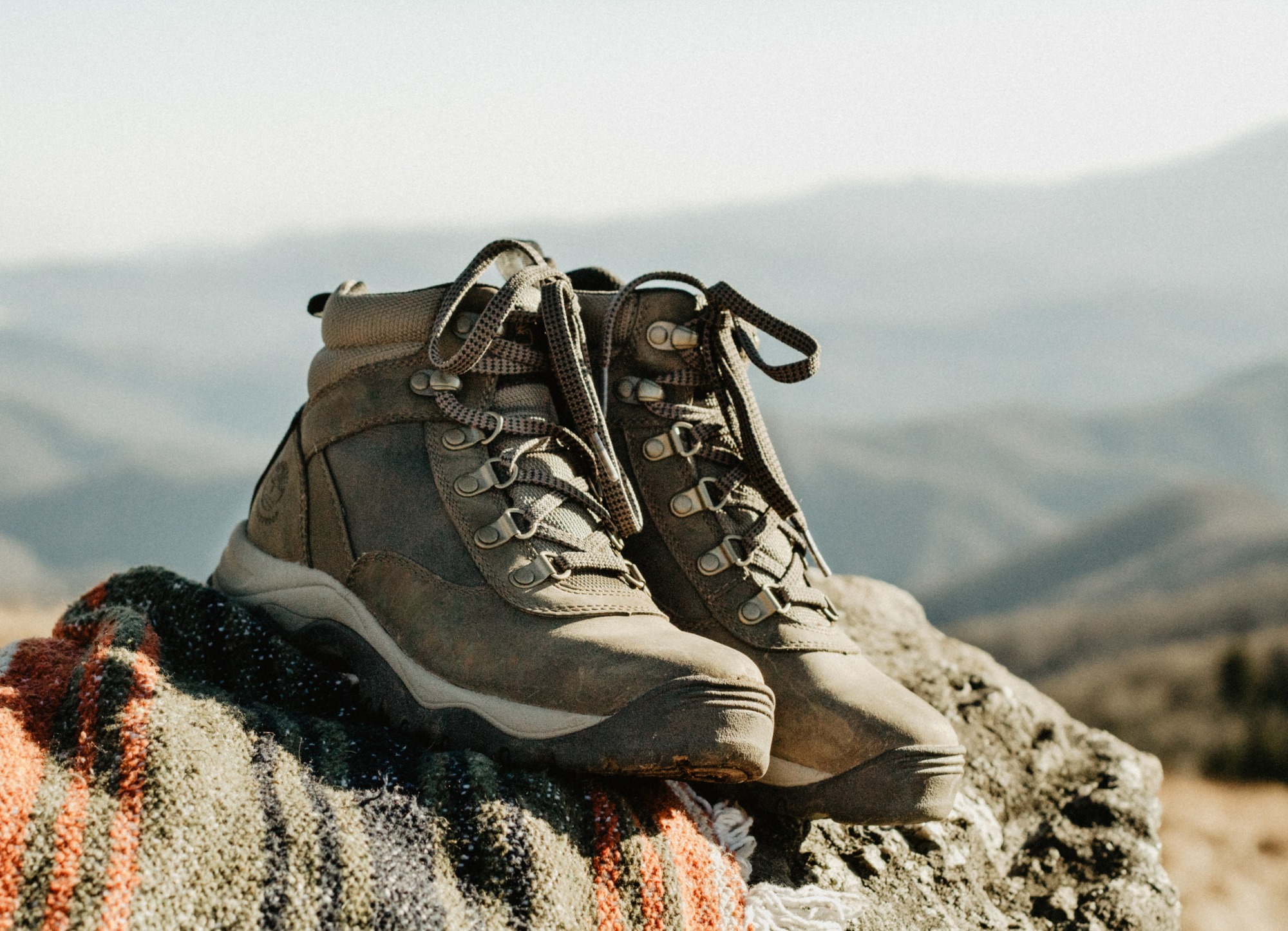Embarking on a hiking adventure requires careful preparation, and one of the most crucial pieces of equipment is a good pair of hiking shoes. The right footwear can make or break your experience, providing comfort, support, and protection on challenging terrains. Finding the perfect fit and style for your needs can seem daunting, but with a little guidance, you can navigate the options and choose shoes that will keep your feet happy on the trails. This guide will explore the best places to find hiking shoes and what to consider during your search.
Top Places to Buy Hiking Shoes
There are several options when it comes to purchasing hiking shoes, each with its own advantages and disadvantages.
- Specialty Outdoor Retailers: Stores like REI, MEC (in Canada), and local outdoor shops offer a wide selection of brands, expert advice, and fitting services.
- Online Retailers: Websites like Amazon, Zappos, and the websites of specific shoe brands provide a convenient way to browse and compare prices;
- Department Stores: Some department stores, such as Nordstrom or Macy’s, may carry a limited selection of hiking shoes.
- Direct from Brand: Purchasing directly from brands like Salomon, Merrell, or Keen ensures authenticity and access to their full product line.
Specialty Outdoor Retailers: The Expert Choice
Specialty outdoor retailers are a great option for finding hiking shoes because they offer a knowledgeable staff who can help you find the right fit and style for your needs. They often have fitting services available, and they carry a wide selection of brands and models. This is especially helpful for beginners who are unsure of what they need.
Factoid: REI Co-op, a popular outdoor retailer, offers a 100% satisfaction guarantee on all of its products, allowing you to return shoes even after trying them on a hike.
Online Retailers: Convenience at Your Fingertips
Online retailers offer a convenient way to shop for hiking shoes from the comfort of your own home. They often have a wider selection than brick-and-mortar stores, and they may offer lower prices. However, it’s important to read reviews carefully and understand the return policy before making a purchase.
Factors to Consider When Choosing Hiking Shoes
Beyond where to buy, consider these factors when selecting your hiking shoes:
- Terrain: Consider the type of terrain you’ll be hiking on. For rugged terrain, you’ll need shoes with more support and protection.
- Fit: Make sure the shoes fit properly. You should have about a thumb’s width of space between your longest toe and the end of the shoe.
- Support: Look for shoes with good arch support and ankle support.
- Water Resistance: If you’ll be hiking in wet conditions, choose waterproof or water-resistant shoes.
- Weight: Lighter shoes will be more comfortable for longer hikes.
Understanding Shoe Types
Hiking shoes come in various styles, each suited to different needs:
- Trail Runners: Lightweight and flexible, ideal for well-maintained trails and shorter hikes.
- Hiking Shoes: Offer more support and protection than trail runners, suitable for moderate trails.
- Hiking Boots: Provide the most support and protection, best for rugged terrain and backpacking trips.
FAQ: Common Questions About Hiking Shoes
What is the difference between hiking shoes and hiking boots?
Hiking shoes are lower cut and lighter than hiking boots, offering more flexibility and less ankle support. Hiking boots provide more ankle support, protection, and durability, making them suitable for tougher terrains and heavier loads.
How do I properly fit hiking shoes?
Fit hiking shoes in the afternoon when your feet are slightly swollen. Wear the socks you plan to hike in. Ensure there’s about a thumb’s width of space between your longest toe and the end of the shoe. Your heel should be secure and not slip. Walk around the store to assess comfort.
How often should I replace my hiking shoes?
The lifespan of hiking shoes depends on usage and terrain. Generally, replace them every 300-500 miles, or when you notice significant wear and tear, loss of cushioning, or reduced support.
Are waterproof hiking shoes necessary?
Waterproof hiking shoes are beneficial in wet conditions, but they can also be less breathable. Consider the climate and typical terrain of your hikes. If you frequently encounter water crossings or wet trails, waterproof shoes are a good choice. Otherwise, non-waterproof shoes may offer better breathability.

